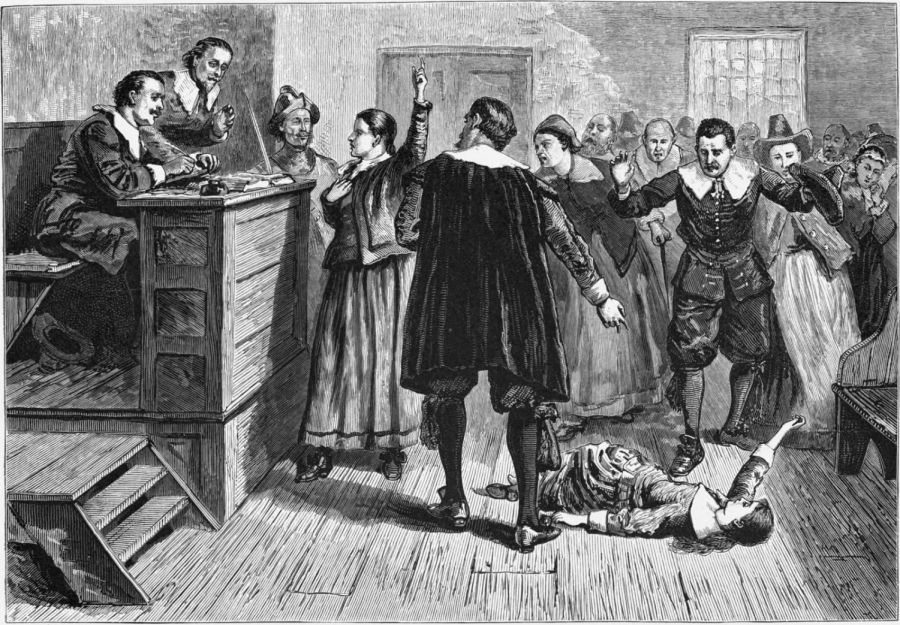The Salem Witch Trials
October 29, 2020
In honor of the new Adam Sandler movie based in Salem, Hubie Halloween, I thought it would be appropriate to write about the Salem Witch Trials. So what really happened in Salem? Salem, Massachusetts, was settled in 1626 by Puritans, a group of English protestants. Life was strict and isolated for the people of the town. Other than battles with their Native American neighbors and fights with groups of French settlers, they had little contact with the outside world. The relations between the villagers themselves were even strained.
In 1692, one of the coldest winters on record hit the village. Two cousins named Betty Parris (nine years old) and Abigail Williams (eleven years old) started behaving very strangely. When they were brought to a physician, the girls were diagnosed as under “an evil hand.” In other words, they were presumed to be possessed by demons. As the news spread, so did the symptoms. There were twelve “afflicted” girls having fits, complaining of prickling skin, and contorting their bodies.
Four of the “afflicted” soon accused three women of tormenting them. All three of the accused were considered outsiders among the residents. Tituba, one of the women, denied harming the girls. However, as time went on, she confessed to practicing witchcraft by the Devil’s orders. The other two women accused of tormenting the girls, Good and Osborne, were killed because they pleaded innocent. However, Tituba was released, setting a precedent for pleading guilty despite being innocent. As accusations continued to spread, others made false confessions to be freed. The government even outright told one accused witch that she would be hanged if she did not confess. Altogether, the authorities preferred that the accused confessed, asked for forgiveness, and promised to stop their witchcraft or be hanged.
The court accepted nearly all evidence. This included “spectral evidence,” where girls supposedly touched by ghosts started to rave. To make things worse, the jurors came under suspicion for speaking out against the trials, so little was done to stop them. By the spring of 1693, more than 100 people had been imprisoned and 20 were executed. When the governor’s wife came under fire, the colony ended the trials. Many historians speculate that the girls were suffering from “mass hysteria” or hallucinations caused by fungus. But ultimately, the reason for their behavior is unknown.
